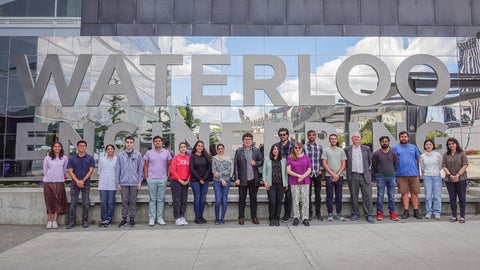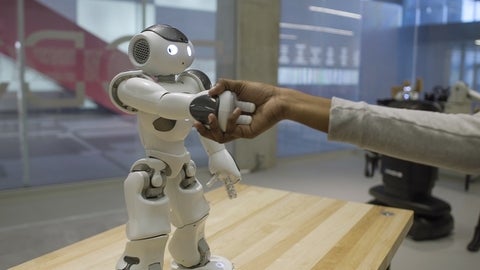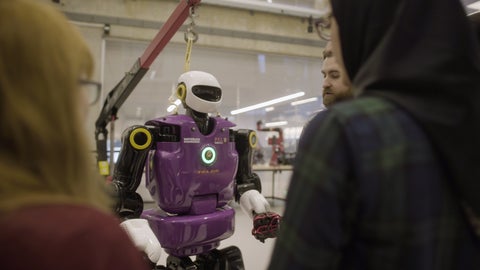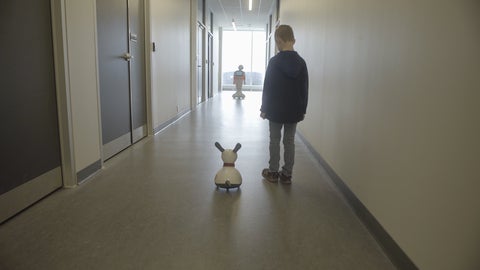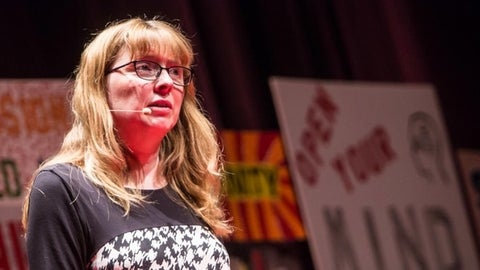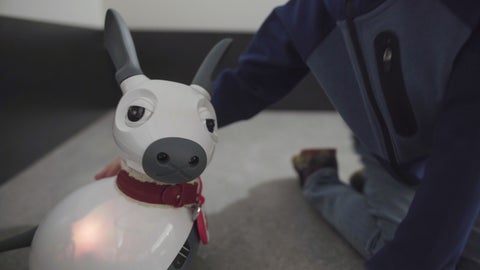Founded in August 2018 by professors Kerstin Dautenhahn and Chrystopher Nehaniv, the Social and Intelligent Robotics Research group carries out work situated in the fields of social robotics, human-robot interaction, cognitive and developmental robotics and Embodied Artificial Intelligence.
Here you can learn about the group’s journey to discover fundamental principles and mechanisms that can make robots more socially intelligent, as well as enabling them to interact with people in a trustworthy and efficient, but also "natural" and socially acceptable manner - as co-workers, assistants or companions. The goal of our research is to advance knowledge in social and intelligent robotics and to develop robots that can make a positive contribution to human society.

The SIRRL is an interdisciplinary research group. We believe that science and engineering can only advance with a diversity of thought, and inclusion of researchers from a variety of backgrounds and demographics. To make an impact, research should reflect the population who will be impacted by the outcomes of this research. At the SIRRL, we put equity, inclusion, and diversity at the heart of what we do.
We, the SIRRL team at the University of Waterloo, acknowledge that much of our work takes place on the traditional territory of the Neutral, Anishinaabeg and Haudenosaunee peoples. Our main campus is situated on the Haldimand Tract, the land granted to the Six Nations that includes six miles on each side of the Grand River.
News
Prof. Kerstin Dautenhahn's Role in Canada's Robotics Research Highlighted (Canada 150 Research Chairs)
Marking the 7th year since Prof. Dautenhahn joined Canada 150 Research Chairs, her work is highlighted in an interview.
Mirrly a Humanoid Robot for Child-Robot Interaction
Mirrly is a new humanoid robot designed to facilitate human-robot social interactions, focusing on applications in therapy and education for children. Inspired by the need for engaging and effective interactions, Mirrly’s design incorporates a friendly appearance, articulated expressive face, and multimodal interaction capabilities.
KidsAbility Lab Tour
We were thrilled to host a special lab tour for visitors from the KidsAbility Centre for Child Development. The event provided an excellent opportunity to present our research and showcase the unique capabilities of our socially interactive robots. Through this engaging experience, visitors gained a deeper understanding of the potential for robotics to positively impact the lives of children, particularly in therapeutic and educational settings.
